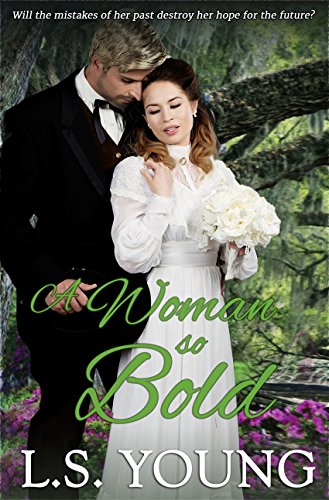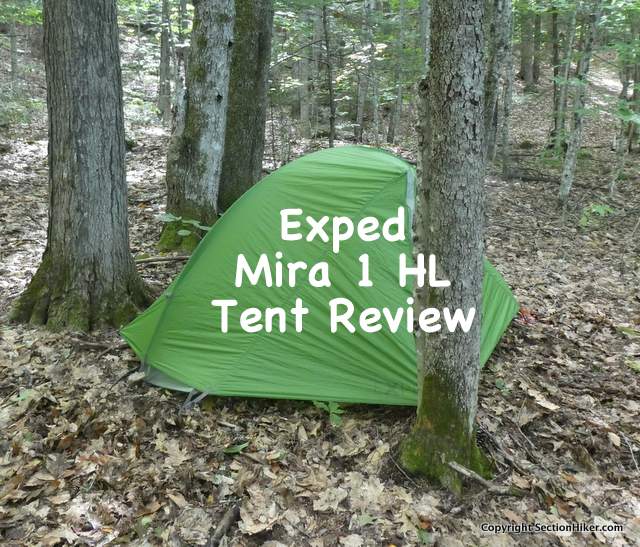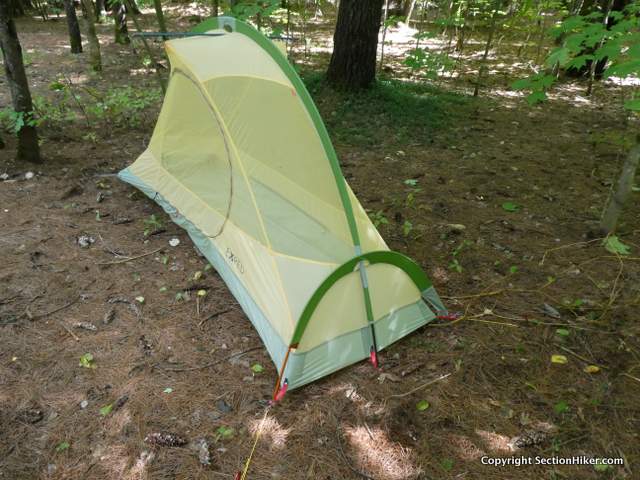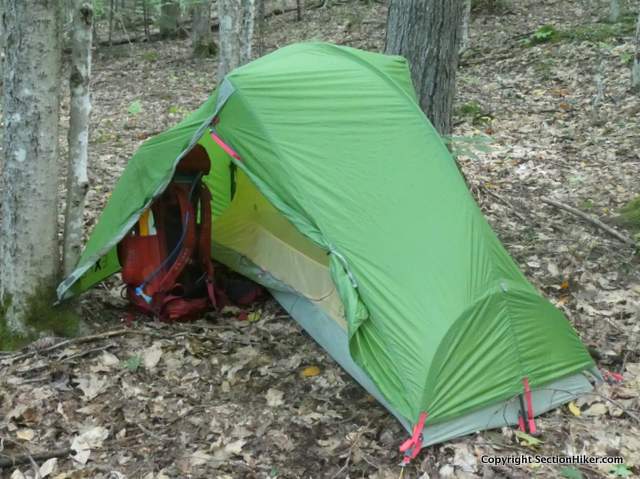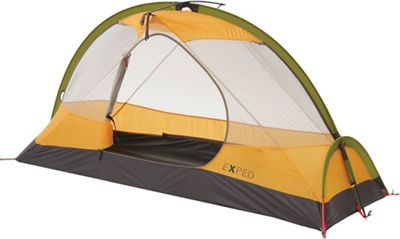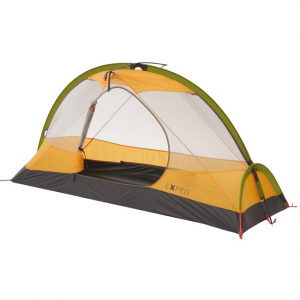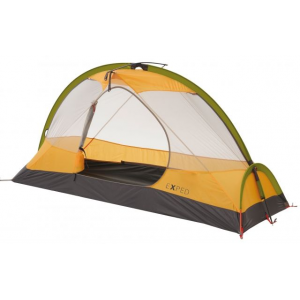
While there are thousands of outdoor rain jackets and hard shells available, most backpackers choose from a small set of common makes and models. If you're in the market for a new backpacking rain jacket, here are the 10 most popular rain jackets that backpackers actually use today and recommend.
2018 Rain Jacket Survey
We been running surveys on SectionHiker.com for many years to find out about our readers' gear-selection preferences because we feel that many manufacturers ignore their needs in order to court the higher-volume consumer market.
Backpacking is a remarkably simple hobby, but it's easy to think otherwise if you pay too much attention to the hype put out by the outdoor news sites and printed magazines competing for gear manufacturers' and retailers' advertising revenue. Our reader surveys help us keep SectionHiker's gear reviews and educational articles real and grounded in reality, rather than focused on the latest bright and shiny object or technology.
In this recent survey, we asked over 700 backpackers to answer the following questions:
- What are the most popular rain jackets used by backpackers?
- Would they recommend their rain jacket to their best friend?
- How frequently do backpackers purchase new rain jackets?
Most Popular Backpacking Rain Jackets
We found that the 40% of the backpackers we surveyed use the following three rain jackets. They're far and away the most popular choices.
We list the complete list of top ten rain jacket rankings below, including whether they're available in distinct men's or women's models.
| Make / Model | Popularity | Men's | Women's | Retail Price | Recommend to Best Friend |
|---|---|---|---|---|---|
| Marmot Precip | 16% | Y | Y | $100 | 90% |
| Outdoor Research Helium II | 13% | Y | Y | $159 | 91% |
| Frogg Toggs UL2 Rain Jacket | 11% | Y | Y | $20 | 94% |
| Patagonia Torrentshell | 5% | Y | Y | $129 | 84% |
| Frogg Toggs Xtreme Lite | 2% | Y | - | $45 | 97% |
| REI Essential Rain Jacket | 2% | Y | Y | $70 | 91% |
| Lightheart Gear Rain Jacket | 2% | Y | - | $99 | 96% |
| Columbia Outdry EX Eco | 2% | Y | Y | $199 | 73% |
| The North Face Venture 2 | 2% | Y | Y | $99 | 76% |
| REI Drypoint GTX | 1.5% | Y | Y | $249 | 90% |
| Total (Top Ten Jackets) | 56.5% |
The top 10 rain jackets are used by 56.5% of the backpackers in our survey. The remaining 43.5% of those surveyed use a total of 153 other rain jackets from many different manufacturers. As an indication of product loyalty and satisfaction, we asked backpackers if they would recommend their jacket to their best friend.
Rain Jacket Replacement Rate
We also asked backpackers how often they purchase new backpacking rain jackets to replace the ones they currently own. We found that

Our results show that 47.3% of the backpackers we surveyed, or nearly half, replace their rain jackets within 3 years. While that's good news for rain jacket manufacturers and land fill owners, you have to wonder why the replacement rate is so high. We discuss some possible reasons for this below.
Discussion
There are a few conclusions that one can infer from these survey results.
Low Cost Preference
There's a notable absence of premium makes and models from manufacturers like Arc'teryx in the top 10 backpacking rain jackets. The 10 most popular rain jackets are predominantly under $200 at retail prices, although you can often purchase them for far less during sales. Backpackers are either highly cost conscious or they have a healthy disregard for the performance claims of premium jacket manufacturers. I think both of these factors are in play in rain jacket product selection.
For example, backpacking brings out the worst in more expensive waterproof/breathable jackets. Shoulder strap and hip belt abrasion causes rapid deterioration of the DWR coatings in those jackets that incorporate a waterproof/breathable membrane. When you add in the fact that wearing a backpack blocks about 50% of the breathable area of a jacket, it's no wonder that most backpackers perspire heavily when they hike in the rain. Carrying 20+ pounds on your back is exercise, after all. So I'm not surprised that many of the top 10 jackets use proprietary waterproof membranes with lackluster breathability performance, or none at all, since there's little benefit in paying for more expensive ones.
Recommendation Scores
The backpacking community is closely knit and people commonly take the advice of friends or people whose opinions they trust when making purchase decisions. A common way of measuring brand or product loyalty and customer satisfaction is to ask people whether they'd be willing to recommend and promote it. A score between 90% and 100% is considered very high and favorable, which helps explain why people keep buying the same top three jackets year over year.
It also explains why savvy manufacturers (should) avoid retiring successful product lines or names, even when they significantly alter the design of existing models. A good name is a terrible thing to waste, even if it makes product changes less transparent for consumers.
Replacement Frequency
Close to half of the backpackers we surveyed replace their rain jackets every three years. There are a great many reasons to replace a rain jacket ranging from normal wear and tear to deterioration of DWR coatings. We didn't collect data about the reasons why backpackers buy new ones so frequently, but it's interesting to see how frequently they do. We plan to delve into this more in future surveys.
Consistency with 2017 Rain Jacket Survey
The results of the 2018 rain jacket survey (n= 728) are consistent with our findings in the 2017 survey (n=322), although more reliable because we had over twice as many respondents. We also screened out respondents who said they did do not backpack, something we did not do as carefully in the 2017 survey. While the percentages of products used differ, the top three jackets: the Marmot Precip, Outdoor Research Helium II, and Frogg Toggs Ultralight 2, are the same in both years.
| Rain Jackets (2017) | % Owned | MSRP (USD) | Satisfaction 1-5 |
|---|---|---|---|
| Marmot Precip Jacket | 28.8 | $100.00 | 4.07 |
| Frogg Toggs UL Suit | 13.2 | $24.99 | 4.10 |
| Outdoor Research Helium II | 8.14 | $159.00 | 4.04 |
| Patagonia Torrentshell | 2.7 | %129.00 | 3.44 |
| North Face Venture | 2.4 | %99.00 | 3.60 |
| Marmot Essence | 2.4 | %199.95 | 3.43 |
| Columbia Watertight II | 1.4 | %90.00 | 4.00 |
| Mountain Hardwear Plasmic | 1.4 | %139.95 | 3.80 |
| Columbia Pournation | 1.4 | %90.00 | 3.75 |
| Lightheart Gear Rain Jacket | 1.4 | %99.00 | 4.00 |
About this Survey
This survey was conducted on the SectionHiker.com website which has over 300,000 unique readers per month, so a large pool of potential respondents. Readers were incented to participate in the survey in exchange for a chance to win a raffle for a piece of backpacking gear.
While we're confident that the results are fairly representative of the general backpacking population based on the size of the survey results where n=728 people, we can't claim that the results are statistically significant because backpackers were not randomly selected to participate from a pre-screened population.
There are also a number of ways in which the results could be biased including: backpackers who read SectionHiker.com might not be representative of all backpackers, backpacker who read Internet content might not be representative of all backpackers, backpackers who respond to raffle incentives might not be representative of all backpackers, our methods for formulating questions and recording responses might have been unconsciously biased, and so on.
The author is an expert in statistical analysis, survey, and experimental design and is sensitive to these issues. However, given the size of the respondent pool and the very strong consensus among user responses, we believe that the survey results published here will be useful to backpackers who are interested in learning about the most popular rain jackets carried by backpackers.
If you'd like to notified of future surveys and gear raffles, sign up for our weekly newsletter in order to be notified when they occur. Not sure you want to subscribe? Check out some recent newsletter issues to see what they're like.
See Also:
- Marmot Precip Rain Jacket Review
- Outdoor Research Helium II Rain Jacket Review
- Patagonia Torrentshell Rain Jacket Review
- Frogg Toggs Xtremelite Rain Jacket Review
- Columbia OutDry EX Eco Rain Jacket Review
- Lightheart Gear Rain Jacket Review
The post Top 10 Backpacking Rain Jackets: 2018 Annual Survey Results appeared first on Section Hikers Backpacking Blog.
from Section Hikers Backpacking Blog https://ift.tt/2Oo6yd0
